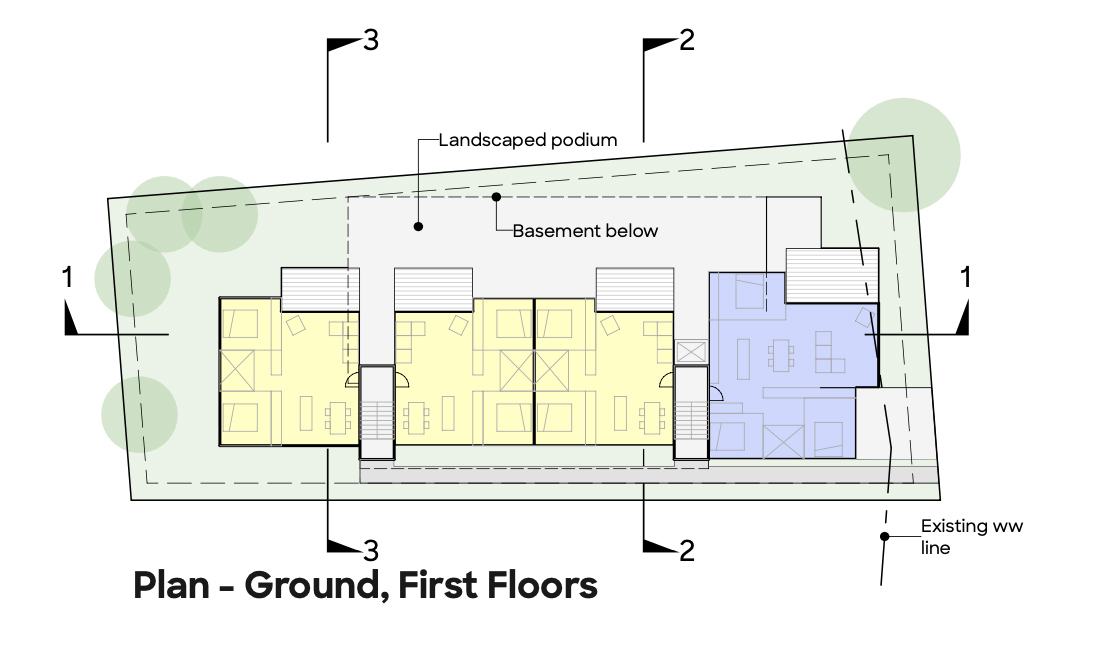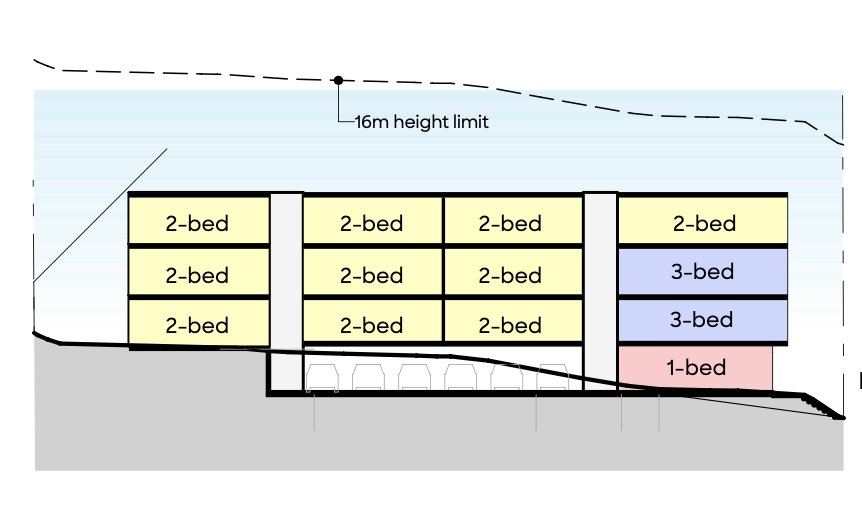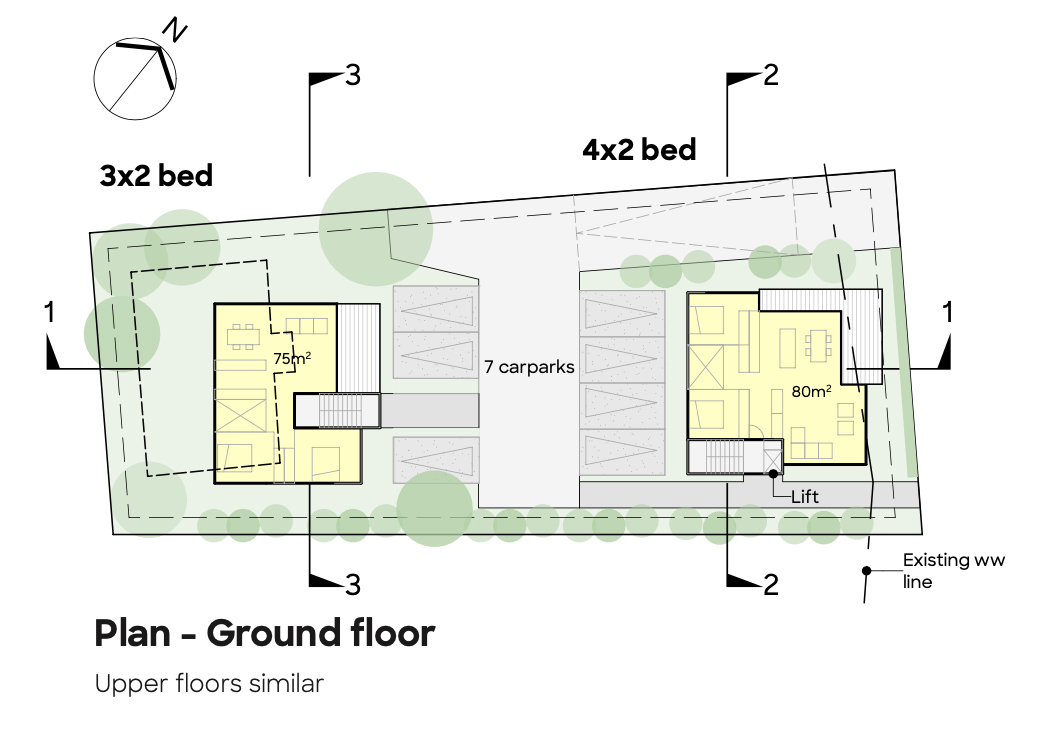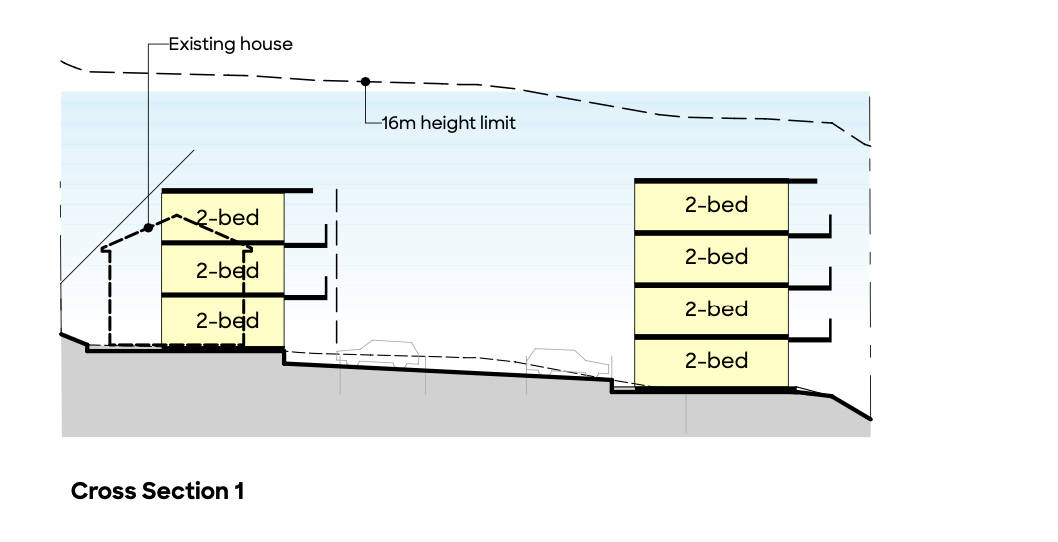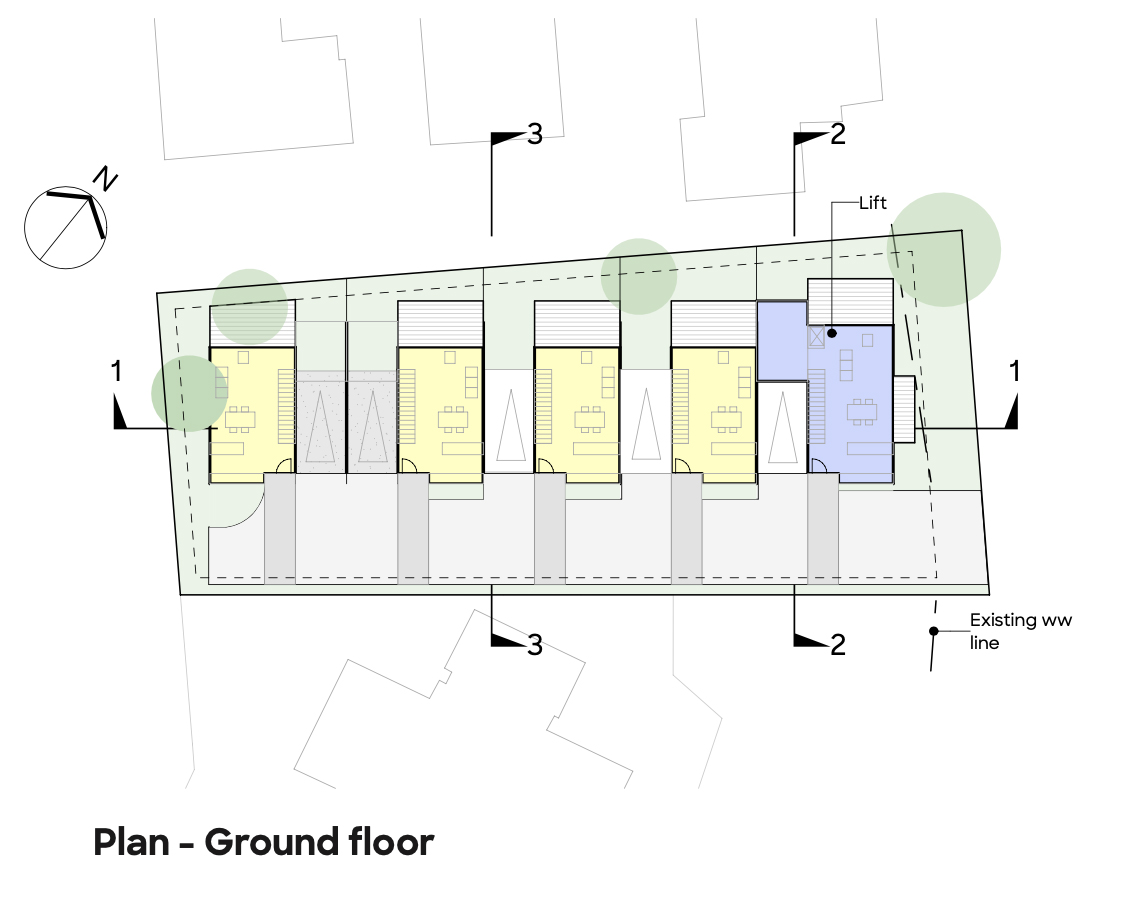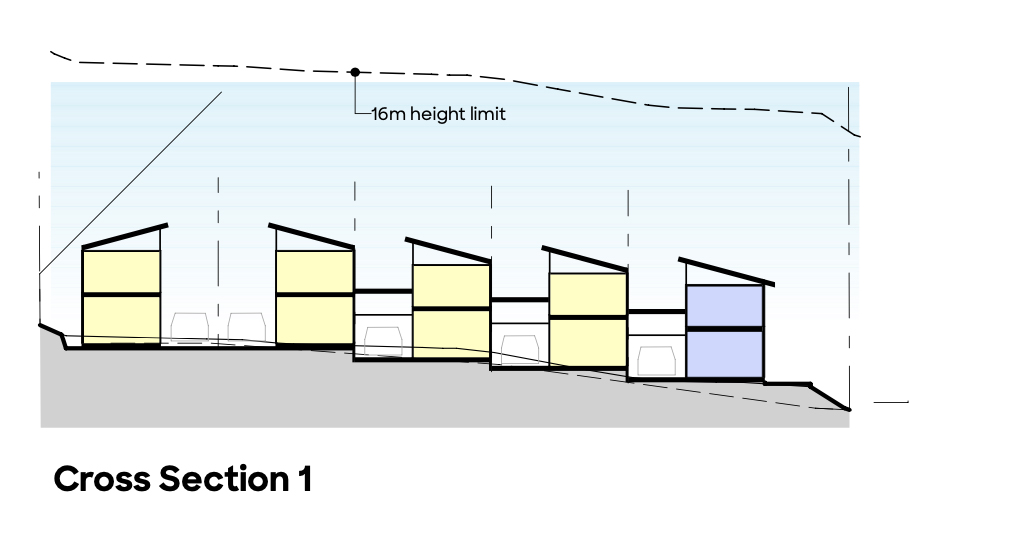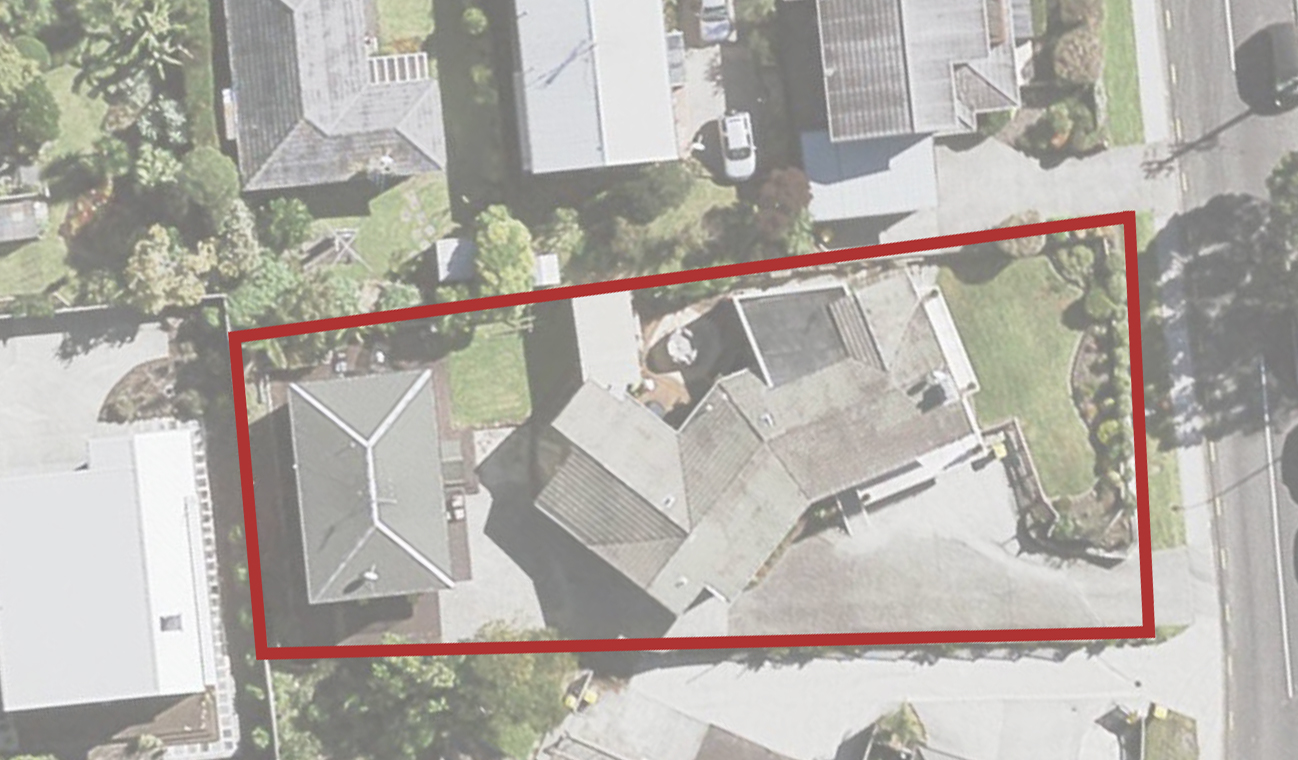Residential development and masterplanning
How do you know what your site is worth? How can you use good design to leverage value? And how sure are you that your development is financially feasible.
Whether you own a single site, or a large landholding of many hundreds of hectares, when it comes to re-development you can save yourself a lot of time, effort and money by getting the right advice at a very early stage. When considering a purchase, a small up-front investment during due diligence to confirm a site's development potential provides peace of mind to potential purchasers and their lendors.
Here at DonnellDay, we have over 20 years experience in doing just that - advising clients on development feasibility informed by quick design testing and analysis, backed up by hard data. Scott has worked with both 'Mum and Dad' type investors and large commercial land developers for many years and is well versed in residential masterplanning, development economics and best practice urban design.
Why consult an architect rather than a planner, engineer or surveyor?
We work regularly with many excellent consultants from all these disciplines and they certainly all bring much-needed skill-sets to table. However, architects are uniquely trained to see the overall picture, make quick, well-informed assessments and see design opportunities where others may see restrictive constraints.
Good residential development always considers the wider context and considers not only what is best for the site, but what is best for the community. Thinking holistically unlocks innovation, mitigates cost and programme risks in consenting and consultation, and is the best means of demonstrating a win/win outcome in terms of pubic and private benefit.
Our start point is always understanding the existing context, whether through a drawing or a pie chart. We quickly gather information and summarise the basis for all subsequent design work - knowns, unknowns and assumptions.
Often, we provide a number of design iterations to clients that may demonstrate various outcomes in terms of density, yield and degree of consenting complexity. The data originating from these quick studies can plug directly into a feasibility spreadsheet in a way that is rapid, fluid and live.
We aren't limited to 'stock standard' solutions, and in fact often back up a high-level massing study with a sketch plan that demonstrates an inventive and surprising outcome from an apparently difficult parcel of land.
